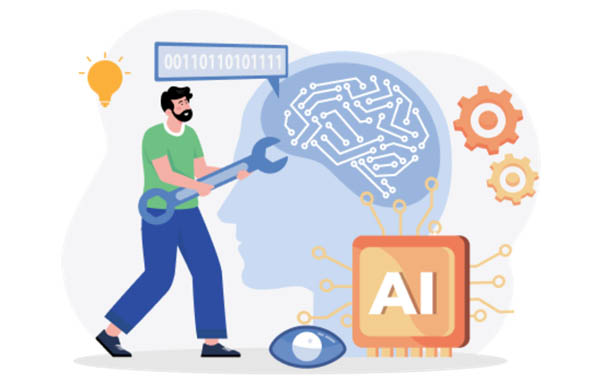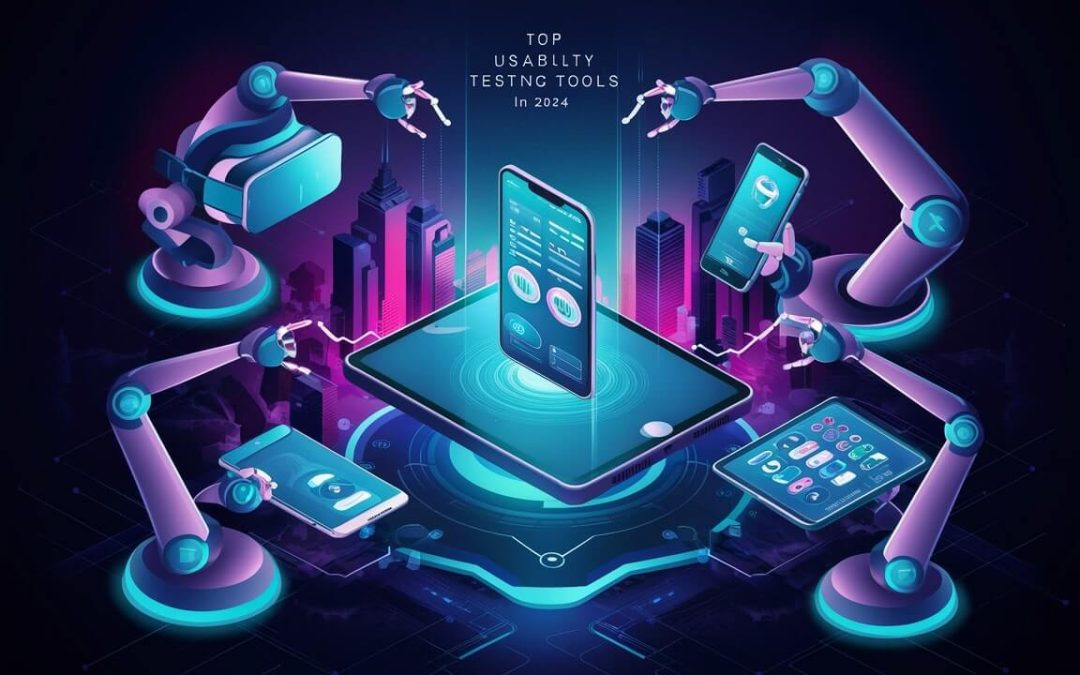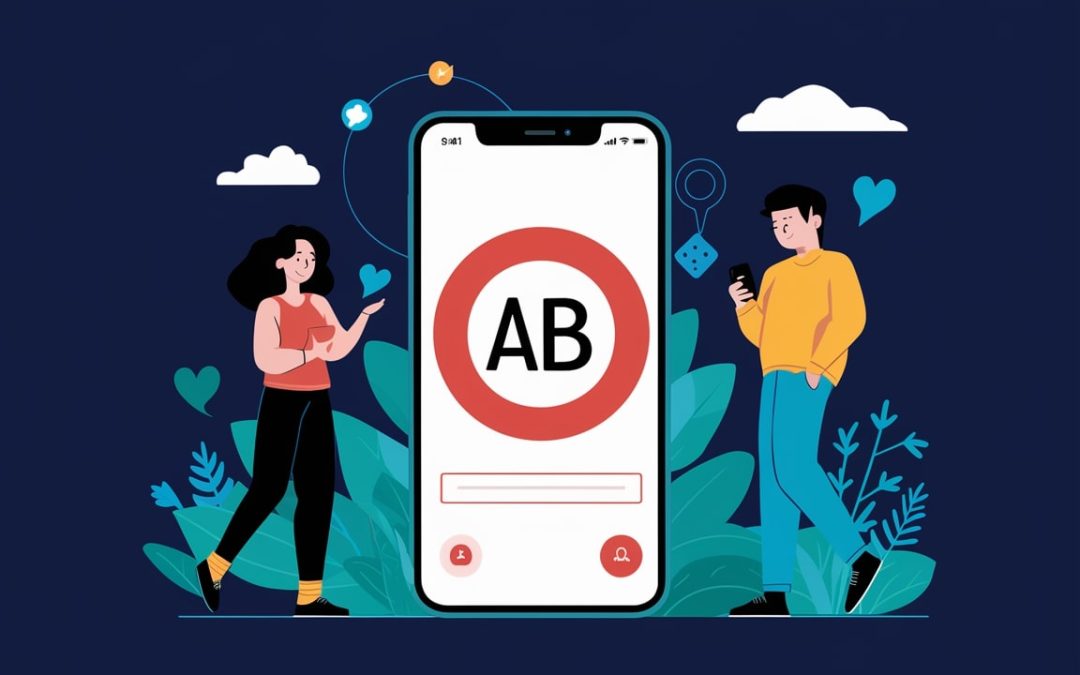
Image source – https://testsigma.com/
These days, developing software happens at lightning speed. New apps and updates come out all the time. However, ensuring that software works properly remains critical.
That’s where testing comes in – checking code for bugs and issues before users experience problems.
Let us look at how AI testing tools help in different ways
Maximizing AI Testing’s Benefits
To get the most from AI testing tools, teams need a thoughtful approach:
Choosing the Right Tool
Not all AI testing tools are equal. Carefully evaluate options based on your product’s tech stack, development practices, and testing needs.
Top considerations include integration, scalability, and vendor support.
Prepping Data and Infrastructure
Like any AI system, testing tools need clean, organized data to train on – requirements docs, historical tests, code samples, etc.
You’ll also need sufficient computing power for the AI to operate efficiently.
AI testing tools help Software Testing service providers automate repetitive tasks, freeing up time for more strategic testing efforts.
Continuous Learning
AI models aren’t “set and forget.” As your codebase evolves, you must regularly retrain the AI on new data to keep it accurate and effective. Make this an ongoing process.
Fostering Collaboration
Integrating AI testing requires some culture change. But QA engineers shouldn’t go it alone.
Involve devs, product managers, and IT in the transition. Provide training, communicate successes, and get continual feedback to make the rollout smooth.
Interpreting AI Testing Results

Image Source – https://binmile.com/
While the automation and scalability provided by AI testing tools are undeniably advantageous, it is crucial to approach the interpretation of results with a discerning eye.
Understanding the limitations and potential biases of these tools is key to leveraging their capabilities effectively.
The Reality of False Positives and Negatives
A big challenge is false alerts – times when the AI incorrectly flags something as an issue when it’s not (false positive), or misses a real bug (false negative).
Too many false positives mean wasted investigation time. False negatives give a false sense of everything being OK.
To catch these, we still need a human review of the AI results and to cross-check against other testing methods.
Over time, continuously tuning the AI models can reduce false alerts.
Transparency is Key
As AI gets smarter, people want to understand the reasoning behind its decisions – why it generated certain tests, how it detected issues, what factors mattered most, etc.
This “explainable AI” isn’t just nice to have. It allows testers to validate if the tool’s judgment was sound.
Explainable outputs also reveal hidden biases or gaps in the AI’s capabilities. That feedback loop is critical for steadily improving AI over time.
Syncing with Agile and DevOps
AI testing isn’t just a siloed quality add-on. It needs to connect tightly with modern dev practices like Agile and DevOps.
Continuous Testing Cycles
In Agile/DevOps, rapid automated testing is huge, to catch issues in small batches before they get baked into the product.
AI tools make constant regression testing way more comprehensive and scalable.
Integrating AI-generated tests into the CI/CD pipeline helps find problems earlier and faster when they’re cheaper to fix.
As the AI learns, it gets smarter about isolating just the tests impacted by each code change – no redundant regression runs.
By maximizing the use of AI testing tools, software testing teams can achieve greater efficiency, accuracy, and reliability in their testing processes.
Test First Mentality
Practices like TDD and BDD prioritize creating test cases before writing code. AI can automate a lot of that upfront test creation based on requirements and design specs.
Some tools can even convert simple language requirements into test scripts through natural language processing services.
That bridges the gap between business inputs and technical validation.
Data Privacy and Security
Like any software dealing with sensitive info, AI testing tools need strong security guardrails.
These tools may have visibility into client data, trade secrets, and other high-value assets.
Locked Down Data
To train accurate AI models, the tools need huge datasets of things like prod data, legacy tests, app logs, and user inputs.
Protecting the confidentiality and integrity of training data stands as a paramount concern, especially within regulated sectors.
Robust measures encompassing stringent data governance, encryption protocols, access controls, and adherence to legislations like GDPR and CCPA are indispensable.
The data fueling AI algorithms must remain protected from unauthorized access or misuse.
Ethical and Responsible AI
Beyond just technical safeguards, AI testing tools must be developed and used ethically.
There must be processes to prevent discriminatory or harmful outputs, ensure accountability, and keep humans in the loop.
Teams should establish clear guidelines around ethical data sourcing, unbiased model training, transparent decision-making, and more.
Leadership also needs to promote ethical AI literacy across their technical staff and stakeholders.
Building a Long-Term AI Testing Strategy
Standing up AI testing can’t be a flash-in-the-pan project. It requires a sustainable, evergreen strategy and commitment.
Constantly Improving
Software requirements are a constant moving target. AI models will quickly go stale if not continuously updated with new data, refined algorithms, and user feedback.
Embedding processes for cyclical model retraining, test optimization, and exploring new AI capabilities are key for long-term viability.
Ground-breaking today could be obsolete tomorrow without this mindset.
Hiring AI Talent

Image Source – https://www.aberdeen.com/
While AI handles the grunt work, it’s not sentient. Dedicated expertise is required to manage these tools effectively.
Having seasoned AI testers, data scientists, and cross-trained engineers is critical for proper model configuration, results interpretation, integration with other processes, and more.
You’re not just buying a product, but building internal knowledge.
The testing team also needs to collaborate tightly with devs, product leaders, and IT to create holistic quality strategies.
Making AI Testing a Team Effort
While having dedicated AI testing experts is important, scaling an effective AI testing strategy requires making it a collaborative, cross-functional initiative.
Siloing the AI testing efforts to just the QA team is a recipe for problems.
Everyone needs to be on the same page – developers, product managers, IT operations, security, and compliance teams.
Developers in particular need to be hands-on and feel invested, since much of AI testing’s value comes from tight integration with processes like CI/CD pipelines and test-driven development.
When the whole team embraces shared responsibility for quality through AI testing, you get:
- Faster buy-in and change management instead of QA feeling like unwanted disruptors
- Better requirements gathering by looping in product/business perspectives early
- More seamless handoffs between code commits, AI test execution, results analysis, and bug triaging
- Creative ideas for expanding AI test use cases from people closest to the work
- Balanced prioritization between quality, speed, and managing technical debt
Embedding AI testing takes a cultural shift toward more collaboration across roles. But that broken-down departmental mindset unlocks the tools’ full potential.
Upskilling Existing Staff
For many companies, it may not be feasible to hire a full squad of AI testing specialists, at least initially. The talent pool is still fairly limited compared to demand.
A smart interim step is upskilling current QA engineers and devs with AI testing acumen through comprehensive training programs.
Even non-technical roles like product managers, tech writers, and IT support can benefit from AI testing literacy.
These upskilling initiatives help current employees get hands-on experience standing up and maintaining AI test workflows.
They learn data management best practices, how to validate outputs, integrate with other tools, and more.
Over time, team members become credible citizen data scientists who can thoughtfully configure packaged AI models for their unique use cases.
AI is demystified from a black box into an intuitive, customizable capability.
The big upside is retaining veteran employees who know your products and processes inside out.
You blend their domain expertise with augmented AI skills at a fraction of hiring new specialists.
Managed Service Partnerships
Alternatively, companies looking to fast-track an AI testing strategy could explore managed service partnerships with third-party AI testing experts and consultancies.
Instead of having to find and hire niche talent in-house, a service partner’s team essentially gets embedded within your organization.
They apply proven frameworks and best practices to quickly deploy and optimize AI testing tools tailored for your development environments.
These partners stay on top of the latest AI testing innovations so you don’t have to.
Their experience across multiple clients and use cases helps avoid common pitfalls. You get a turnkey solution with much less hiring burden.
The potential downside is you may not build as much internal expertise compared to upskilling your employees over time.
Teams need a knowledge transfer strategy to eventually own AI testing autonomously.
Data Preparation Essentials for AI Testing
Effective data preparation is a cornerstone of implementing AI testing. AI testing tools rely on clean, organized data to function efficiently.
Gather and organize relevant data sources, including requirements documents, historical tests, code samples, and other pertinent data.
Ensure the data’s accuracy, timeliness, and representation of real-world scenarios.
Additionally, consider the computing infrastructure needed to support AI testing operations and invest in adequate resources.
By prioritizing data preparation, you can establish a robust foundation for successful AI testing implementation.
Maintaining Ethical and Responsible AI
Beyond technical safeguards, AI testing tools must be developed and used ethically.
Establish processes to prevent discriminatory or harmful outputs, ensure accountability, and keep humans in the loop.
Promote ethical AI literacy across technical staff and stakeholders.
Teams should establish clear guidelines around ethical data sourcing, unbiased model training, transparent decision-making, and more.
Leadership also needs to promote ethical AI literacy across their technical staff and stakeholders.
Scaling AI Testing for Complex Systems
As software systems become more intricate, scaling AI testing becomes essential.
Traditional testing approaches fail to keep up with the complexity and diversity of today’s applications.
AI-powered testing enables scalability by automating test case generation, execution, and analysis across a wide range of settings and use cases.
AI testing solutions can handle large amounts of data and situations in complicated systems, allowing for complete test coverage.
Organizations that use AI to manage testing at scale may effectively validate complex software systems, identify important problems, and ensure robust performance in real-world settings.
AI assistants that require no or little coding
More user-friendly, no-code/low-code AI assistants are in the works, to make AI testing more accessible to non-experts.
Think of them as self-serve, conversational interfaces for generating and maintaining AI test assets.
With simple voice or text prompts, these assistants could automatically generate test cases based on requirements, audit code commits for testability issues, analyze failed tests to recommend fixes, and more – all codified into executable scripts behind the scenes.
The AI handles the heavy lifting while users stay in their comfort zone of spoken language rather than dense programming syntax.
Over time, the AI learns an individual’s vocabulary, preferences, and testing tendencies to become a personalized co-pilot.
While still early, the appeal is clear – empowering every developer, QA engineer, technical writer, etc. to easily create robust AI testing assets with zero coding proficiency required.
Like personal assistants for automating quality assurance at scale.
Hands-on experience and domain knowledge still matter hugely. However, AI assistants lower the “activation energy” barrier for non-experts to realize the benefits of automated AI testing.
Managing Bias and Ensuring Fairness in AI Testing
Biases in training data can mistakenly enter AI algorithms, resulting in discriminatory outputs.
To mitigate this risk, enterprises should carefully select training data, implement bias detection methods, and incorporate fairness measures into AI testing protocols.
Moreover, continuous monitoring and auditing of AI models are imperative to identify and rectify biases over time, fostering more equitable testing practices.
Overcoming Challenges in AI Testing Implementation
Streamlining Complex AI Testing Workflows
Managing the intricacies of AI testing workflows poses another hurdle in implementation.
AI-powered testing encompasses various stages, including data preparation, model training, testing execution, and result analysis, each demanding specialized expertise and resources.
To navigate this complexity effectively, organizations must devise streamlined workflows and allocate resources to build robust infrastructure supporting AI testing operations.
Moreover, promoting cross-disciplinary teamwork among testing units, data analysts, software engineers, and business representatives is vital for maintaining unity and effectiveness throughout the testing process.
Have you encountered similar strategies or do you have innovative approaches to share? Let us know in the comments below!





